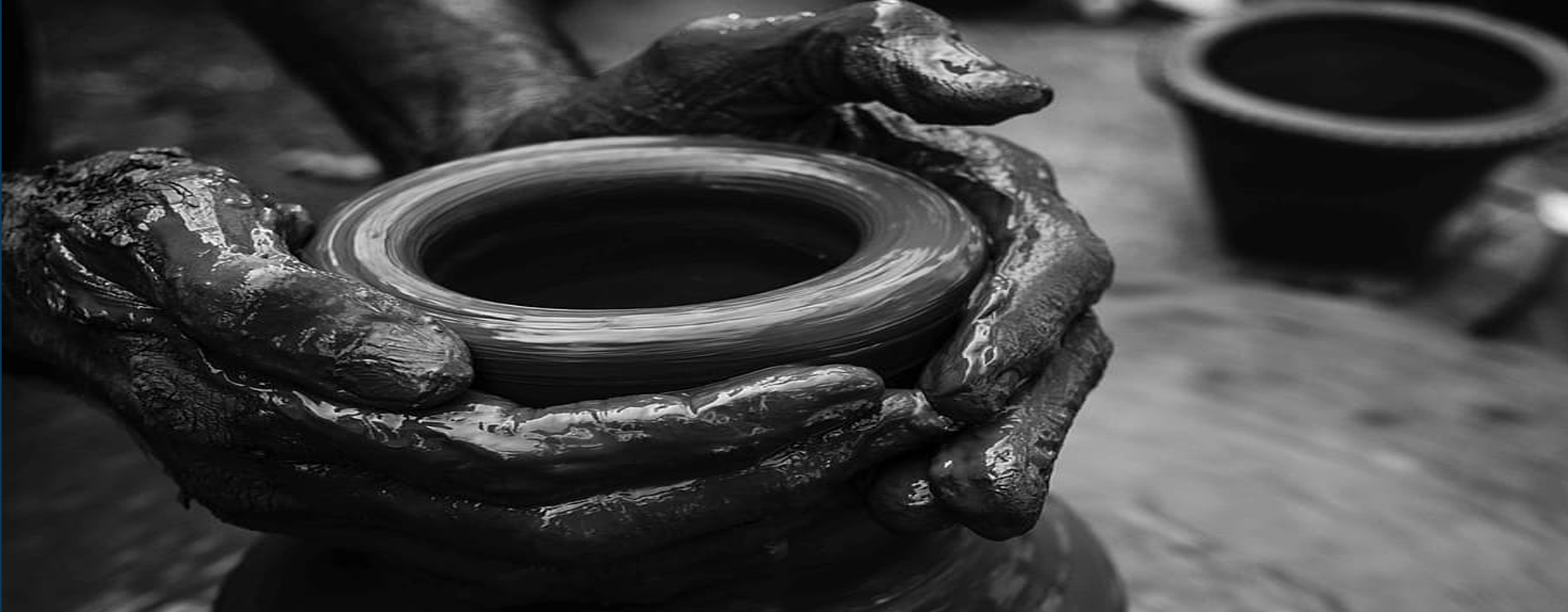Seminar Details
The steep rise in human population and their exploitation of precious natural resources such as water has degraded the quality of ground and surface water over the years and is a matter of great concern. Identifying the causes of pollution and its cost-efficient solution is the need of the hour to protect such a life-dependant resource. Clay-based ceramic adsorbents are a promising solution for mitigating wastewater pollutants. These adsorbents are synthesized from clay minerals and industrial by-products, which are abundant and easily available. This research is carried out to study metakaolin-based geopolymer adsorbent for the treatment of methylene blue dye from aqueous systems. A variation in the raw material to alkali activator ratio from 1.25 to 2.00 is done to prepare different batches of geopolymer adsorbent. A further variation in the Na2SiO3/NaOH ratio from 2.00 to 2.50 in preparing activator solution is carried out to study the Na2O/SiO2 ratio's effect on the prepared adsorbent's properties. The raw clay was analyzed by X-ray fluorescence and TG-DSC to examine its chemical composition and thermal properties. X-ray diffraction, BET, Field emission scanning electron microscopy, and energy dispersive X-ray analysis were employed to study the phases formed, the specific surface area and morphology of the raw materials used, and the geopolymer adsorbent formed. Fourier-transform infrared spectrometry reveals the presence of functional groups and interactions in the material. The primary objective of this research is to prepare and characterize different batches of the ceramic adsorbent and conduct a batch adsorption study using UV-visible spectroscopy to study the influence of various experimental factors such as geopolymer dosage, pH, initial dye concentration, contact time to find the best-performing geopolymer adsorbent. Further, the development of a shaped porous adsorbent is planned, that offers better handling and advantages in practical application. The preliminary results confirmed that MB dye-contaminated water can be treated using the produced adsorbent.


